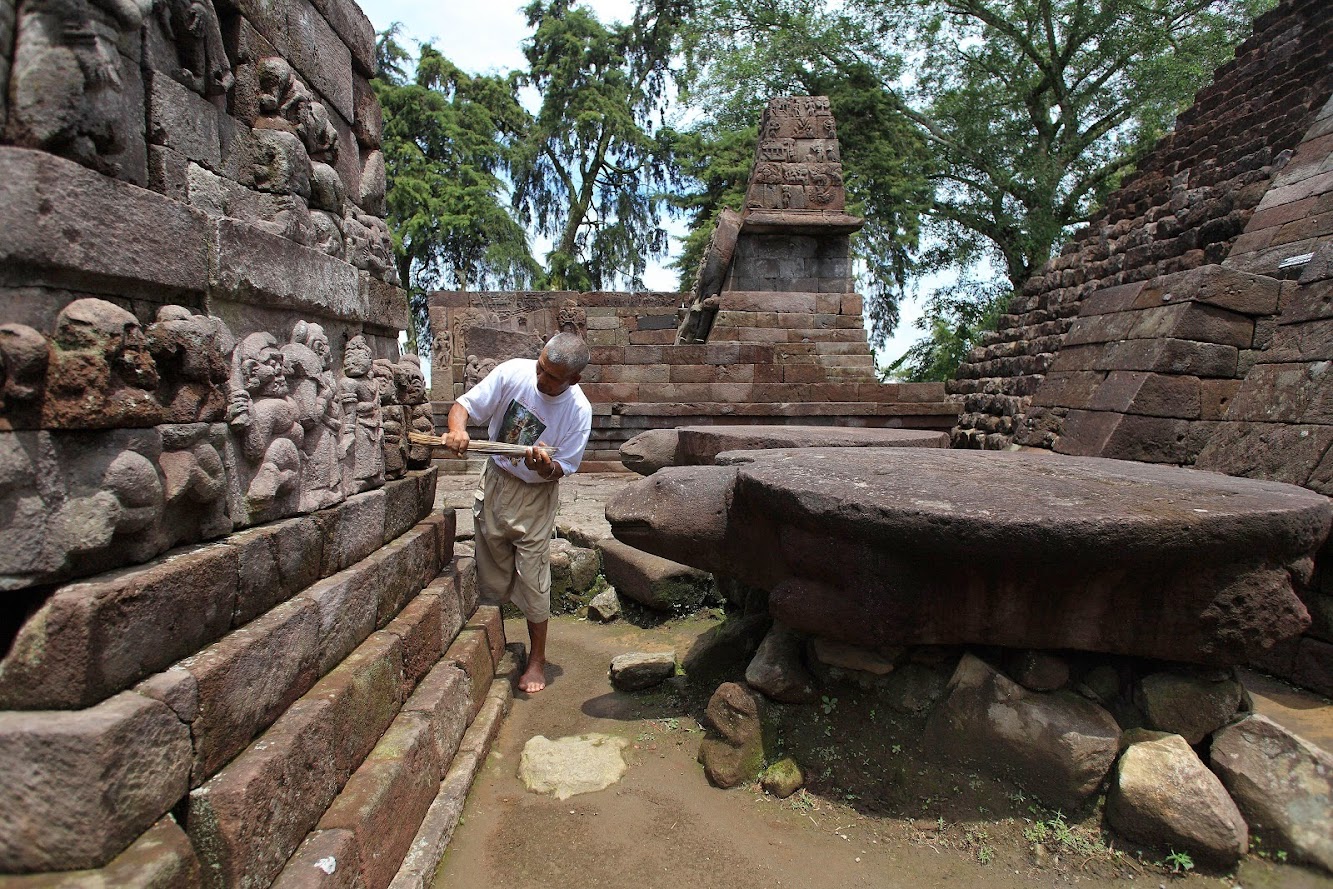Merry Wanderer of the Night:
best
Symbol of illusory love
Two Spanish words

The Bulldogs (based on an underground comic-book)

Olympic clouds
Java: Collapsing pyramid at the Hindu Temple of Sukuh in Java to be restored by 2016

Top 5 Recovering Real Estate Markets in the U.S.

Public health services high technologies

Central Asia: Disputes damage hopes of rebuilding Afghanistan’s Bamiyan Buddhas

UK: British Museum considers more ‘Elgin Marbles’ loans
Modern mailboxes for your correspondence

Steven Holl Architects have connected buildings in a multipurpose hybrid

Landing Stage by Angus Meek
Bouquet on a finger
Mini-reviews: Brooklyn Burning by Steve Brezenoff and Lie by Caroline Bock
Shampoo-conditioner for care UGG
It's BACK! Award Winning Reads Challenge — 2!
Just Contemporary Guest Post & Giveaway with Sarah Ockler!
Just Contemporary Review: Thou Shalt Not Road Trip by Antony John
Just Contemporary Interview with Antony John and a GIVEAWAY!!
Italy: Italy looks for help with heritage management







